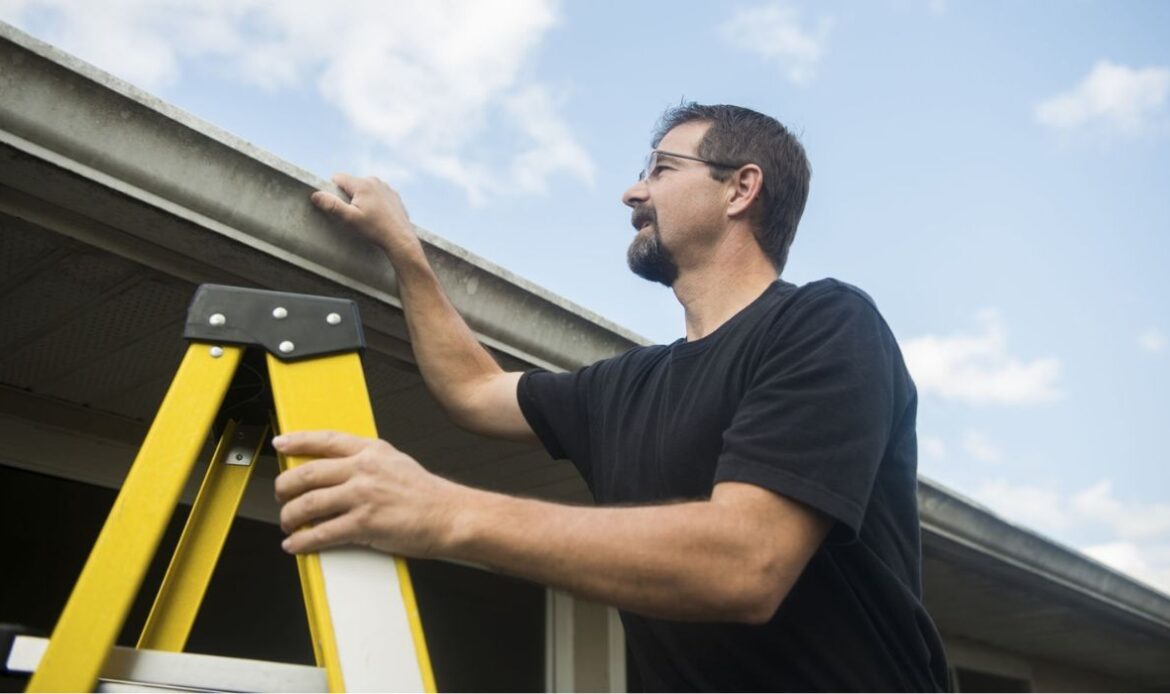A well-maintained roof is essential for the integrity and protection of your home. However, over time, various issues can arise that require timely attention to prevent costly repairs. By learning how to identify common roof problems early on, you can save money by addressing them promptly. In this article, we will guide you through the process of identifying common roof problems and provide tips on how to save money on repairs.
Regular Roof Inspections:
Performing regular roof inspections is the first step in identifying potential problems. Schedule inspections at least twice a year, preferably in spring and fall, to catch any issues before they worsen. Look for signs of missing or damaged shingles, cracked or deteriorating flashing, sagging areas, or clogged gutters. Inspect the attic for water stains, mold, or signs of leakage. Early detection allows for prompt action and cost-effective repairs.
Damaged or Missing Shingles:
One of the most common roof problems is damaged or missing shingles. High winds, storms, or age can cause shingles to become loose, crack, or dislodge. Inspect your roof for any visible signs of damage, such as curled, torn, or broken shingles. Check for granule buildup in gutters, as this indicates shingle deterioration. Promptly replace damaged or missing shingles to prevent water infiltration and further damage to the underlying structure.
Leaks and Water Damage:
Water leaks are a significant concern and can lead to extensive damage if left unaddressed. Look for water stains or discoloration on the ceiling or walls, especially after heavy rainfall. Inspect the attic for signs of water penetration, such as damp insulation, mold, or mildew growth. Address leaks immediately by identifying the source and applying temporary patches until a professional can perform a thorough repair. Timely intervention can prevent costly repairs and structural issues.
Faulty Flashing:
Flashing is the material used to seal joints and transitions on the roof, such as around chimneys, vents, or skylights. Over time, flashing can deteriorate, become loose, or develop cracks, leading to water penetration. Inspect the flashing for signs of damage, rust, or separation from the roof surface. If you notice any issues, have them repaired or replaced promptly to prevent water damage and potential structural problems.
Clogged Gutters and Downspouts:
Clogged gutters and downspouts can cause water to overflow and damage your roof and home’s foundation. Regularly inspect and clean your gutters to remove debris, leaves, or any blockages. Ensure that downspouts are directing water away from the foundation. By maintaining clean and properly functioning gutters, you can prevent water accumulation on the roof and avoid potential water-related issues.
Professional Roof Inspections:
While regular homeowner inspections are valuable, it’s crucial to have periodic professional roof inspections. Roofing experts possess the expertise and knowledge to identify hidden or hard-to-spot problems that untrained eyes might miss. Professional inspections can help you catch issues in their early stages, potentially saving you money on extensive repairs later. Consider scheduling a professional inspection every few years or after severe weather events.
Timely Maintenance and Repairs:
The key to saving money on roof repairs is addressing problems as soon as they arise. Ignoring or delaying repairs can lead to more extensive damage, requiring costly fixes down the line. Whenever you identify a problem, no matter how small, take immediate action. Whether it’s replacing a few shingles, repairing flashing, or addressing a minor leak, timely maintenance and repairs can save you from more significant expenses in the future.
Conclusion:
Identifying common roof problems early on is crucial for saving money on repairs and preserving the longevity of your roof. Regular inspections, checking for damaged or missing shingles, addressing leaks promptly, monitoring the condition of flashing, cleaning gutters, and seeking professional inspections when needed are essential steps. By staying vigilant and taking timely action, you can ensure the integrity of your roof, protect your home from damage, and avoid costly repairs in the long run.
